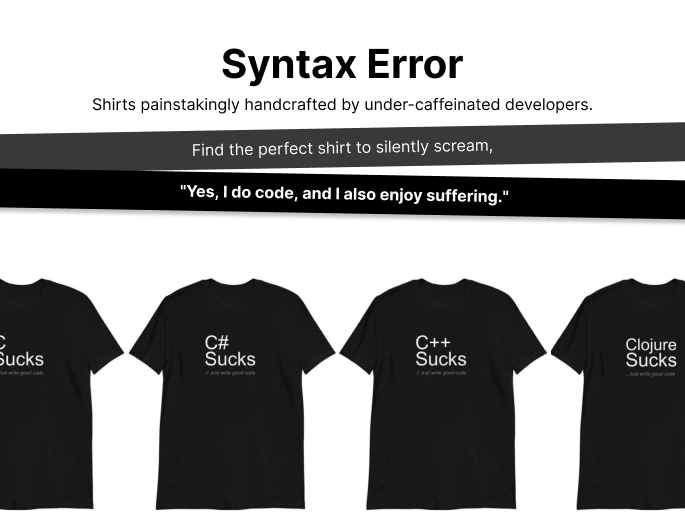Source: thenewstack.io
Zero Trust in the Cloud: Best Practices and Potential PitfallsWe think you might be interested in this job:
Prismatic
While a lot of zero trust is focused on limiting access from users and devices, organizations are now also recognizing that in the world of distributed cloud native applications, workloads themselves are communicating with each other, and the same principles of zero trust need to be extended to cloud native applications.
Traditional methods simply cannot specify access controls at a granular workload level, which is essential for cloud native application security and compliance.
Zero-trust workload access controls — Implement zero-trust workload access controls to control the flow of data between individual workload components and external resources including databases, internal applications, third-party cloud APIs and SaaS applications.
Related Articles
Community Partners
DevOps Careers






